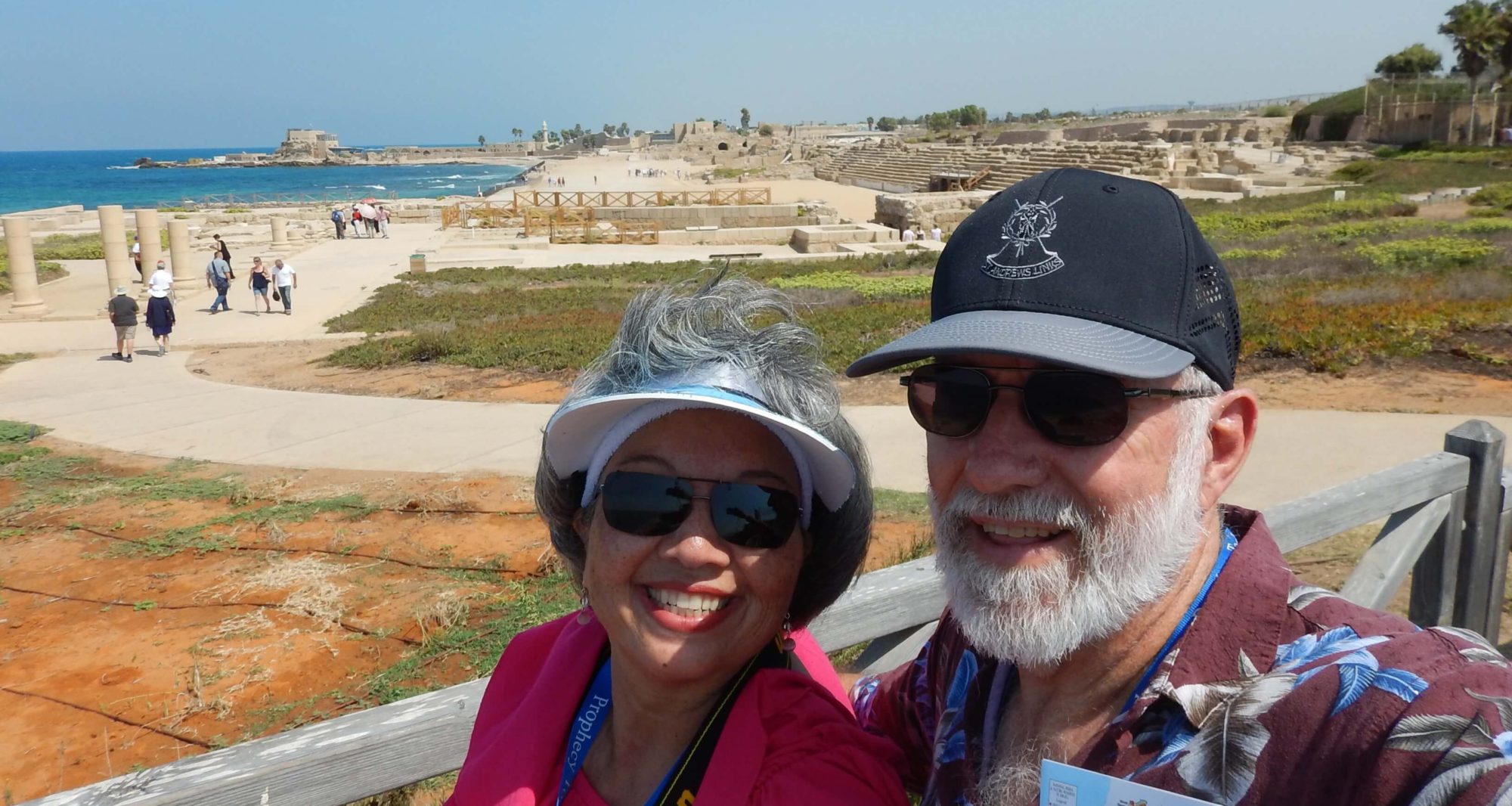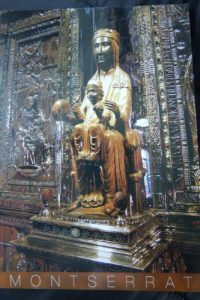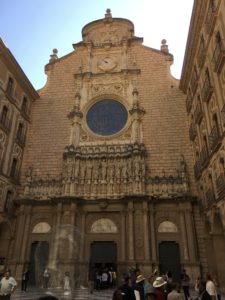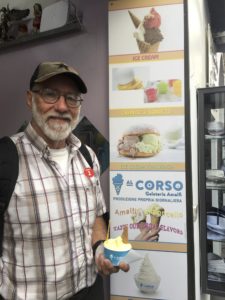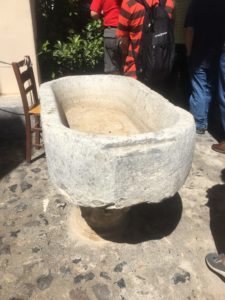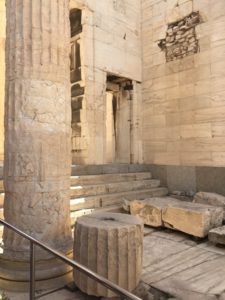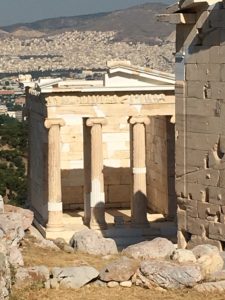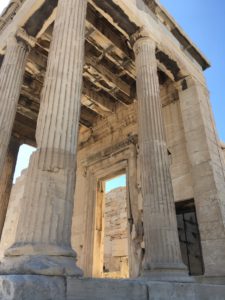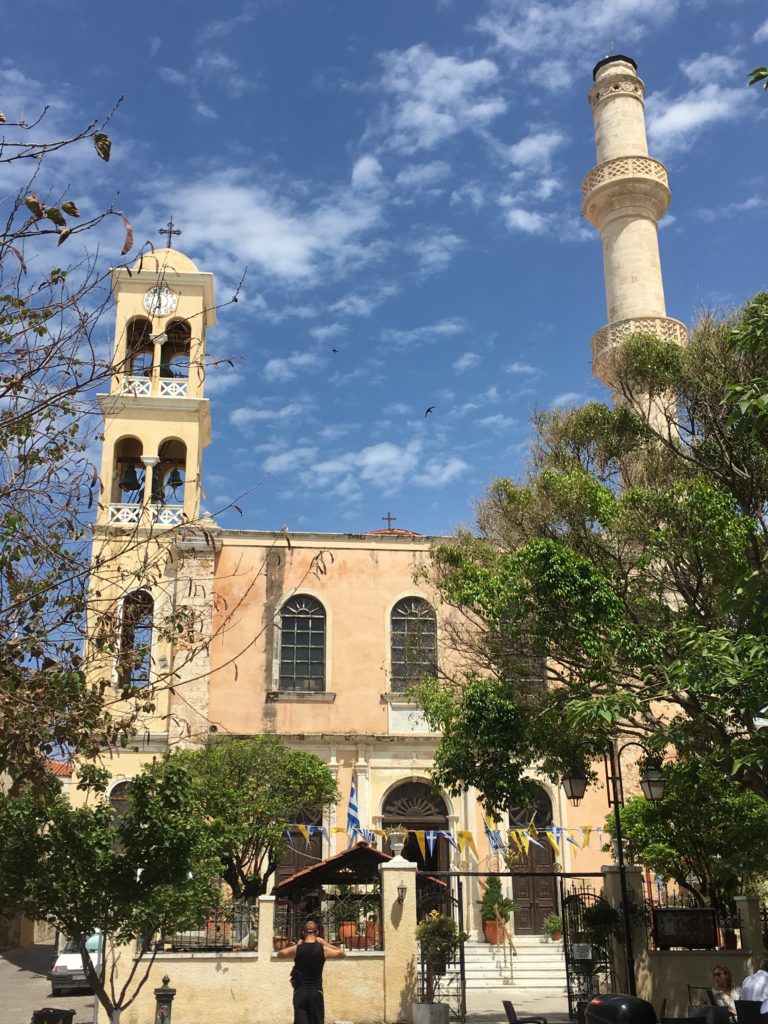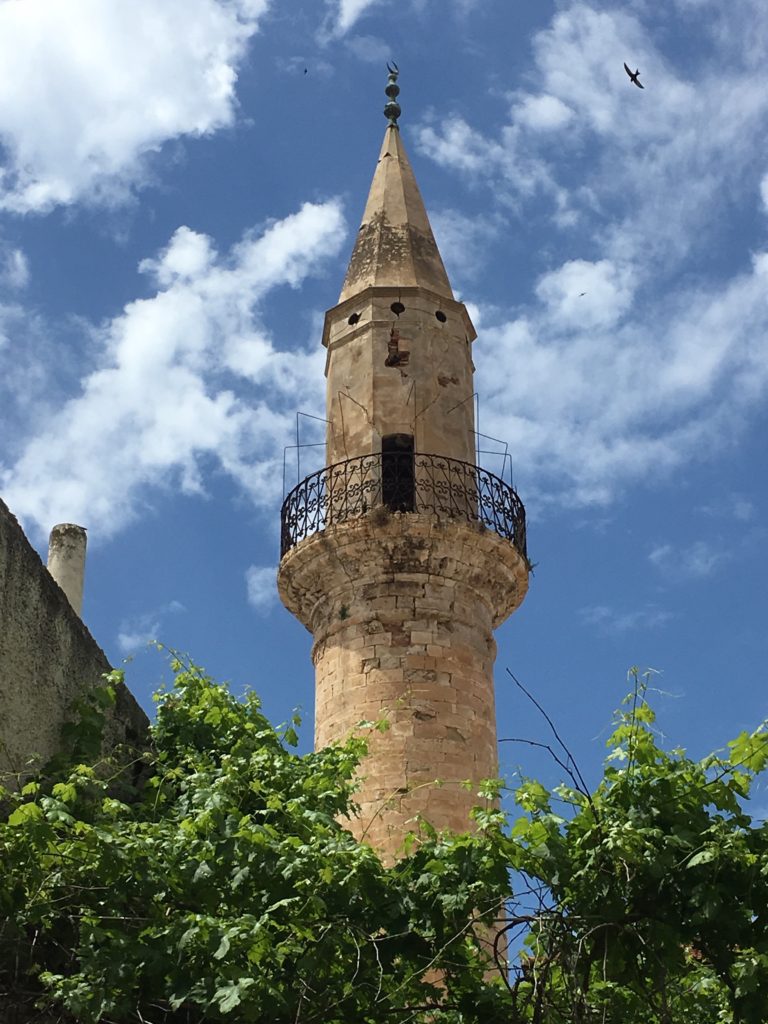“From the end of the earth will I cry unto thee when my heart is overwhelmed: lead me to the rock that is higher than I.” Psalm 61:2
Cable Car
Today we decided to ride a cable car to the “top of the rock.” The cable car system was built by the Swiss, and each car was designed to hold up to 30 adults. The 1,300 ft. ride took about four and a half minutes, and it was very smooth. As we neared the top, we saw several of the Barbary Macaques (monkeys) sitting close to the cable car station. We exited the car and walked around the top of the Rock of Gibraltar. The panoramic views were absolutely spectacular! The top of Gibraltar is approximately 412 meters high, which is about 100 meters taller than the Eiffel Tower or 40 meters taller than the Empire State Building.

Barbary Macaques – Tailless Monkeys
Currently, there are 243 Macaque monkeys in 7 family groups. They live about 20 years, but several of those on the Rock are in their 30s. One monkey year is supposed to be equivalent to 3.5 human years, so some of these monkeys are quite old. While they are called the “Barbary Apes, they are actually tailless monkeys, and they are protected by law. There is a long suspension bridge on the rock for automobile traffic, but if a monkey is on the bridge, no vehicles are allowed to cross the bridge until the monkey is gone! While it is illegal for people to feed the monkeys, the monkeys have no qualms about jumping on a person’s back and stealing their food right out of a person’s hand!

The Siege Tunnels
Between the years of 1779-1783, the Spanish and French were fighting Britain over Gibraltar. The British dug tunnels during this conflict throughout the Rock of Gibraltar. Control of the Mediterranean Sea was at stake, but the British were not going to allow the “rock” to fall into Spanish or French hands. They used sledgehammers, chisels, and black powder to dig tunnels throughout the limestone rock. More than 34 miles of tunnels are in the rock, and there is the belief that there are more that have yet to be discovered. There is one tunnel that runs east to west, and at the right angle you can actually see the “light at the end of the tunnel!”

Europa
Of course, no visit to Gibraltar would be complete without stopping at the southernmost point of Europe. Here, there is the lighthouse of Gibraltar and an Islamic mosque, a gift from the king of Saudi Arabia to Gibraltar. From this point, you can easily see the mountains of Morocco.
 n
n
Next stop: Milan, Italy
